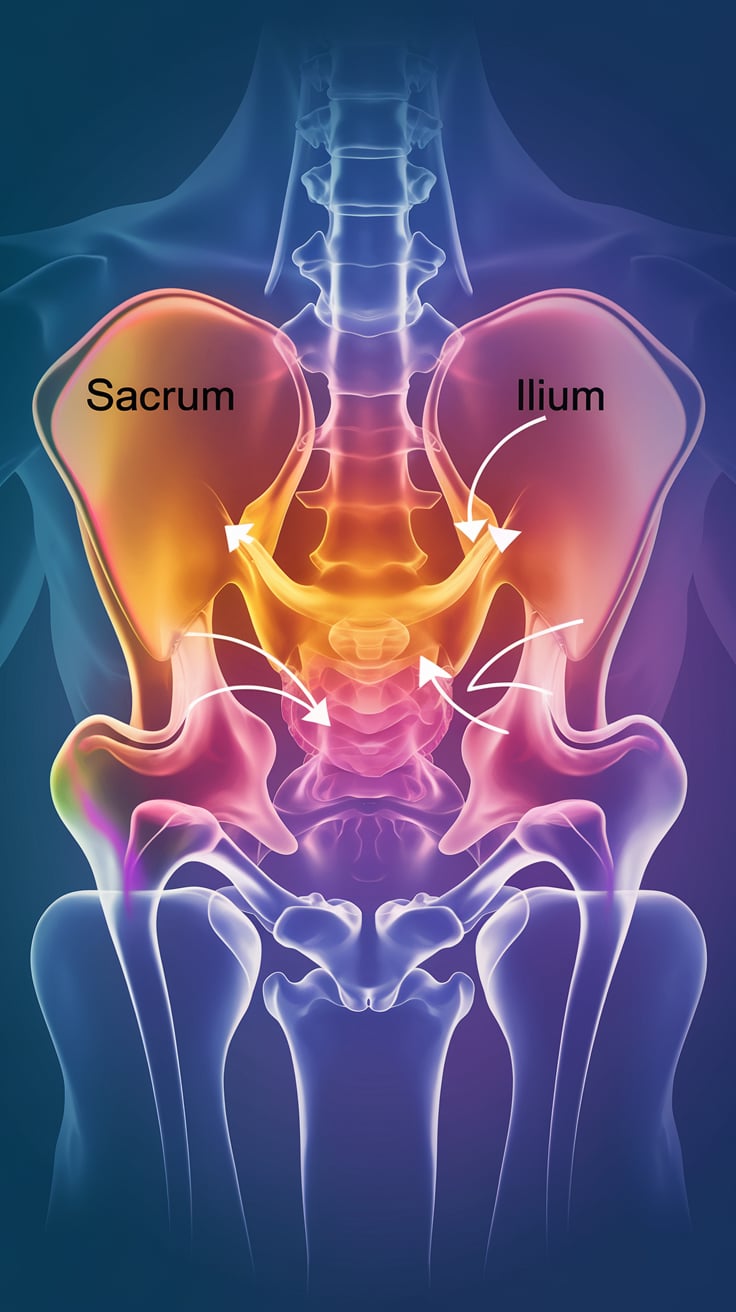When to Seek Medical Help?
If you experience persistent lower back pain that doesn’t improve with rest or home remedies, or if you notice stiffness and pain that interferes with daily activities, consult a specialist. Early diagnosis and treatment can prevent complications and improve your quality of life.
Dr. Shankar Acharya is an expert in treating conditions like sacroiliitis. With over 30 years of experience, he provides personalized care to help patients from both urban and rural areas lead a pain-free life. Visit Sir Gangaram Hospital, New Delhi, for compassionate and expert spine care.
